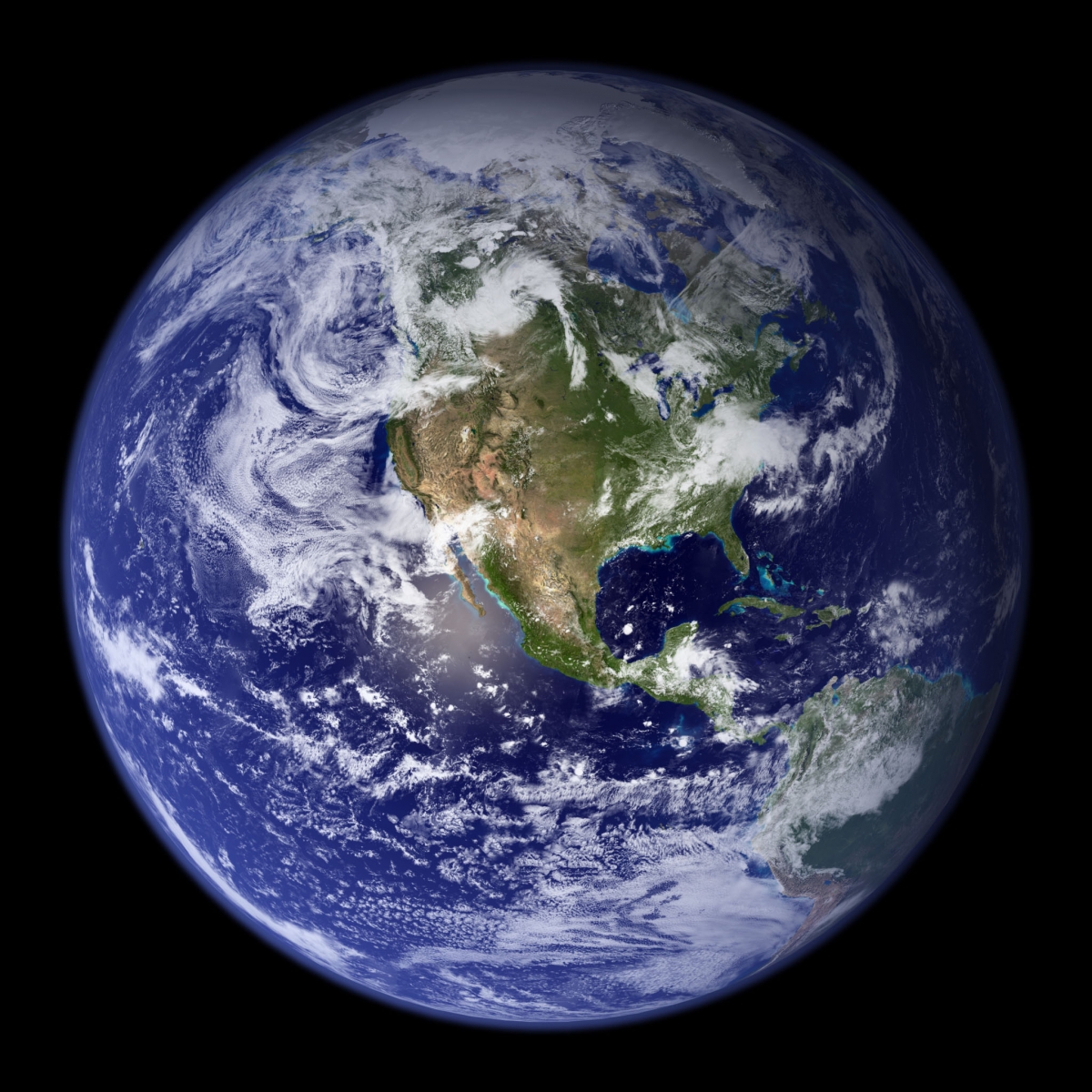Science-Technology
See other Science-Technology Articles
Title: Earth's Great Oxidation Event: 'Multiple whiffs' of O2 2.5 billion years ago led to stable atmosphere
Source:
International Business Times
URL Source: http://www.ibtimes.co.uk/earths-gre ... -led-stable-atmosphere-1529744
Published: Nov 21, 2015
Author: Hannah Osborne
Post Date: 2015-11-22 08:53:01 by cranky
Keywords: None
Views: 1117
Comments: 3
Earth developed its oxygen-rich atmosphere as a result of "multiple whiffs" of O2 from a sort of blue-green algae found in shallow oceans around 2.5 billion years ago. These bursts of oxygen continued until a tipping point was crossed, leading to the stable atmosphere, scientists said. A team from Canada and the US were looking to better understand what we know as the Great Oxidation Event, where oxygen was released from Earth to create a permanently oxygenated atmosphere 2.4 billion years ago. Ariel Anbar, from Arizona State University, explained: "How and why Earth developed an oxygenated atmosphere is one of the most profound puzzles in understanding the history of our planet. "One of the questions we ask is: 'did the evolution of photosynthesis lead directly to an oxygen-rich atmosphere? Or did the transition to today's world happen in fits and starts?' " Previously, the same team had published research that indicated a small amount of oxygen was present on Earth's surface 2.5 billion years ago. Publishing their latest finding in the journal Science Advances, they analysed black shale rocks found in Western Australia which contain important information about how much oxygen was present in the atmosphere. Isotope ratios of the element osmium allowed the team to see older samples indicating the presence of oxygen, while younger samples showed it had disappeared. "The onset of Earth's surface oxygenation may have been a complex process characterised by multiple 'whiffs' of O2 until a tipping point was crossed," said lead author Brian Kendall, from the University of Waterloo. "Until now, we haven't been able to tell whether oxygen concentrations 2.5 billion years ago were stable or not. These new data provide a much more conclusive answer to that question." The team now hopes to find more samples to get an even clearer picture of where our oxygen came from. Study author Rob Creaser: "One issue is preservation. You can only do this kind of analysis on beautifully preserved samples, and there's very few of these that are 2.5 billion years old. You're always somewhat restricted in how far you can push your conclusions." 
Post Comment Private Reply Ignore Thread
Top • Page Up • Full Thread • Page Down • Bottom/Latest
#1. To: cranky (#0)
self-evident Truth Bump.
Now go easy on these atheist scientists. They ignore the self evident knowledge God bestows on all His creation. Most of them probably did not believe they had a belly button until first picking out the lint. "Seek ye the Lord while he may be found, call ye upon him while he is near"---Isaiah 55:6
But On the Other Hand... Bellybutton Lint: It’s Not Always About Evolution
#2. To: VxH (#1)
self-evident Truth Bump.
#3. To: redleghunter (#2)
Most of them probably did not believe they had a belly button until first picking out the lint.
http://www.wired.com/2008/07/bellybutton-lin/
Top • Page Up • Full Thread • Page Down • Bottom/Latest
[Home] [Headlines] [Latest Articles] [Latest Comments] [Post] [Mail] [Sign-in] [Setup] [Help] [Register]

